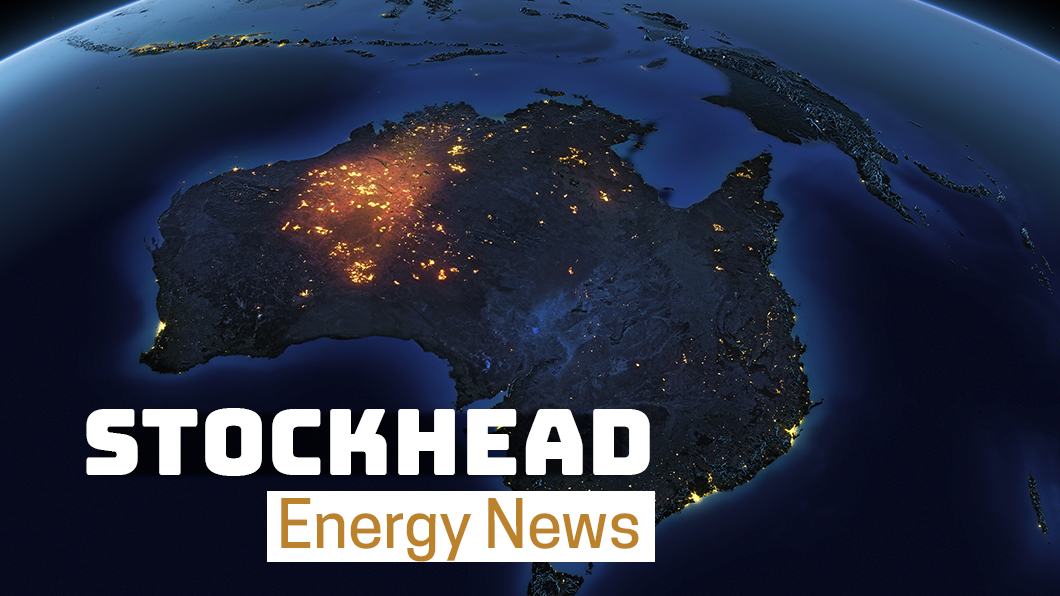Competition watchdog says Australia needs more gas because prices are still too high

Pic: Matthias Kulka / The Image Bank via Getty Images
The Australian Competition and Consumer Commission (ACCC) believes that domestic gas prices on the east coast are still too high and significant uncertainty remains around future supplies.
In its ‘Gas Inquiry 2017-25 Interim Report’, the competition regulator found that while the supply outlook for 2020 had improved slightly since July 2019, there was still uncertainty about whether future demand could be met.
To illustrate this, the ACCC noted that between June 30, 2017 and June 30, 2019, Queensland LNG reserves were written down by more than 4,400 petajoules.
“Southern states risk facing a shortfall in the medium term unless there is more exploration and development in the south, or new infrastructure to bring more supply to southern states,” ACCC chair Rod Sims said.
He called on state and territory governments to assess individual gas development applications on a case-by-case basis and also to actively manage tenements to ensure that work was being carried out on them.
The ACCC also noted that while LNG netback prices have been falling since May 2019, east coast gas prices remained steady within a range of between $9 and $12 per gigajoule (GJ).
LNG netback pricing is calculated by taking the price that could be received for a quantity of liquefied natural gas and subtracting or ‘netting back’ the costs incurred by the supplier to convert the gas to LNG and shipping it to the point of delivery.
“The recent significant divergence between the netback prices and the prices offered is a concern for the ACCC and in 2020 we intend to now delve much deeper into the reasons why this is occurring,” Sims said.
“Indeed, average netback prices expected for 2020 have been under $7/GJ since November 2019, which is well below prices being offered to domestic buyers.”
In January, then Minister for Resources and Northern Australia Matt Canavan indicated that the Australian federal government would work with the states and territories over the next 12 months to establish a prospective reservation scheme.
However, the Institute for Energy Economics and Financial Analysis said a “prospective reservation” scheme would allow gas companies to sell expensive new coal seam gas to domestic customers while exporting cheaper traditional sources of gas.
Small cap gas companies
The supply concerns and high gas prices are an opportunity for small cap companies on the east coast.
Armour Energy (ASX:AJQ) delivers gas from its Kincora project in Queensland to the Eastern Australian gas market.
In January, its Horseshoe #4 well flowed 1.34 million standard cubic feet (MMscf) of gas with associated condensate per day during flow testing.
Potential stimulation zones within the well have been identified and will be evaluated as future incremental production.
Blue Energy (ASX:BLU) has an agreement to supply Queensland Pacific Metals with gas from its Bowen Basin resources.
It is also looking to work with APA to investigate the pipeline route options from Moranbah to the southern gas market.
Meanwhile, Comet Ridge (ASX:COI) plans to start a work program over its Mahalo North project in Queensland in the second quarter of 2020 after the permit is formally awarded.
Earlier this month, the company noted modelling had indicated that dual lateral coal seam gas wells in this area could flow gas at rates of between 2MMscf and 3MMscf of gas per day.
Galilee Energy (ASX:GLL) is preparing to drill three coal seam gas coreholes at its Kumbarilla project that is less than 10km from existing coal seam gas production facilities, which will allow any commercial reserves to be quickly brought into the east coast gas market.
Leigh Creek Energy (ASX:LCK) is turning to the well-known Cooper and Eromanga Basins for growth with the company earning a 20 per cent interest in ATP 2023 and ATP 2024 from Bridgeport Energy for a total of $6.34m.
These permits are located 10km north of the Jackson field – Australia’s largest onshore field – and are underexplored given that just two exploration wells and varying vintages of 2D seismic have been carried out to date.
Related Topics

UNLOCK INSIGHTS
Discover the untold stories of emerging ASX stocks.
Daily news and expert analysis, it's free to subscribe.
By proceeding, you confirm you understand that we handle personal information in accordance with our Privacy Policy.








